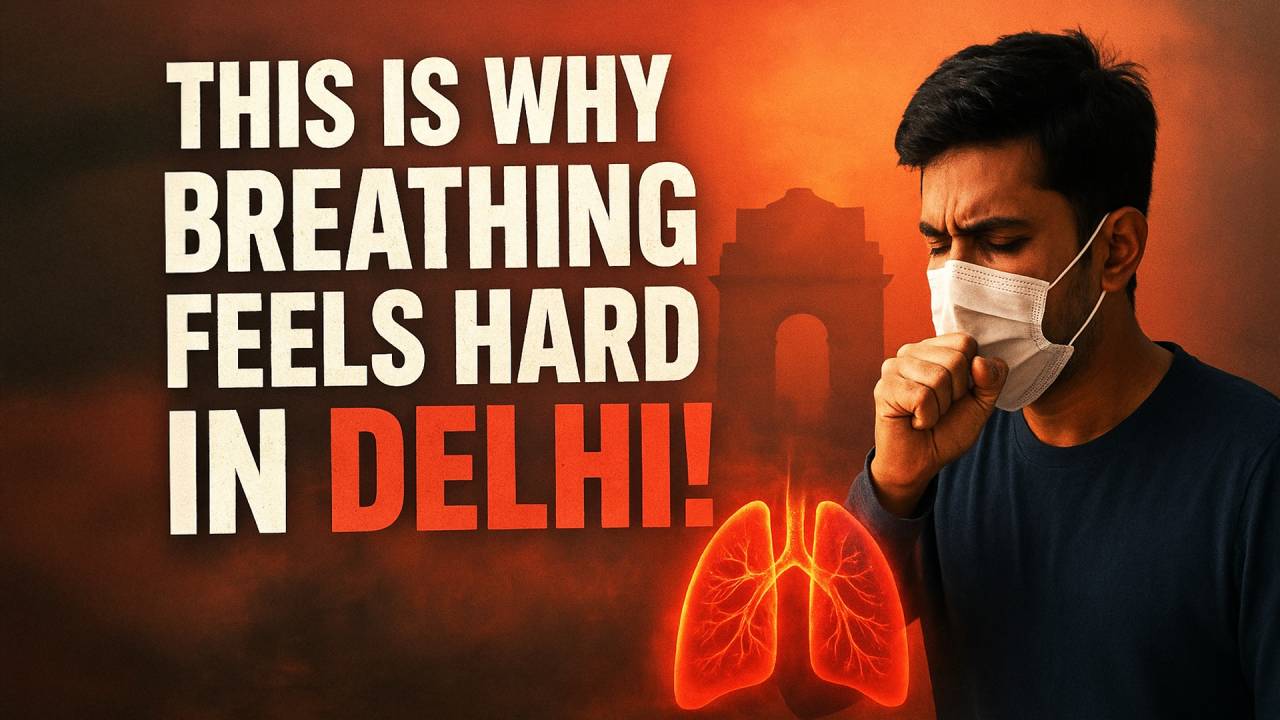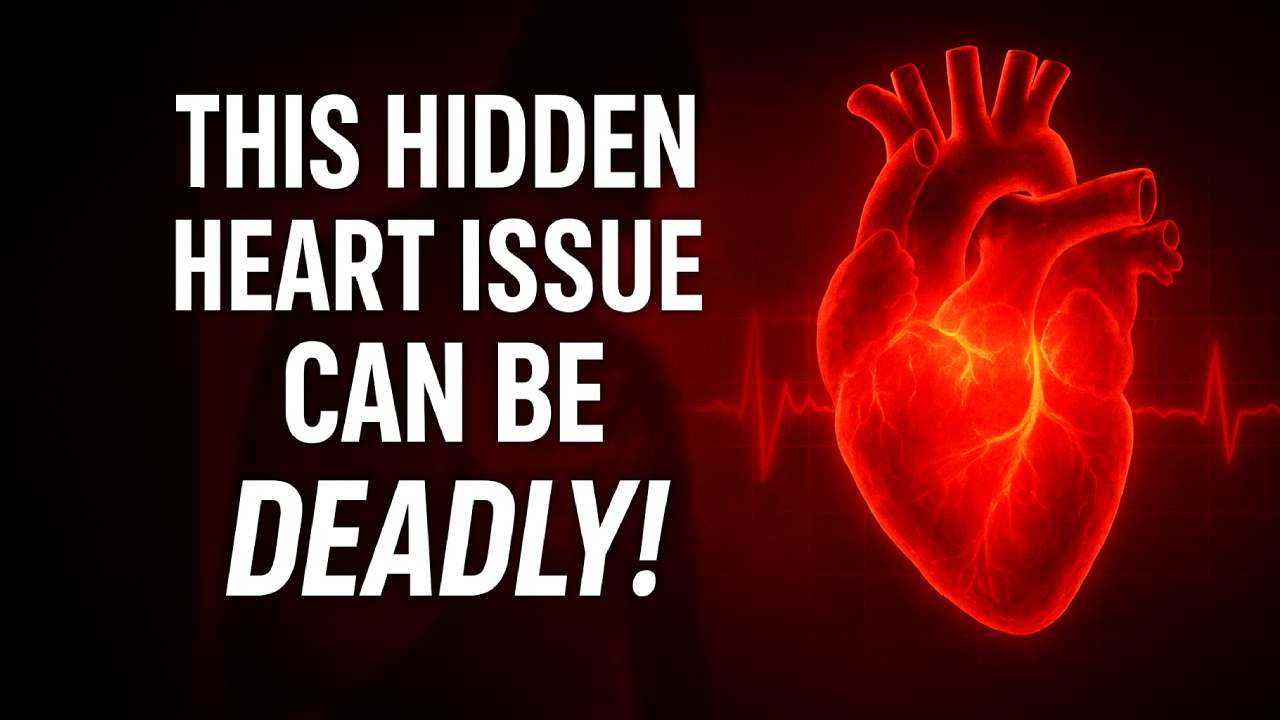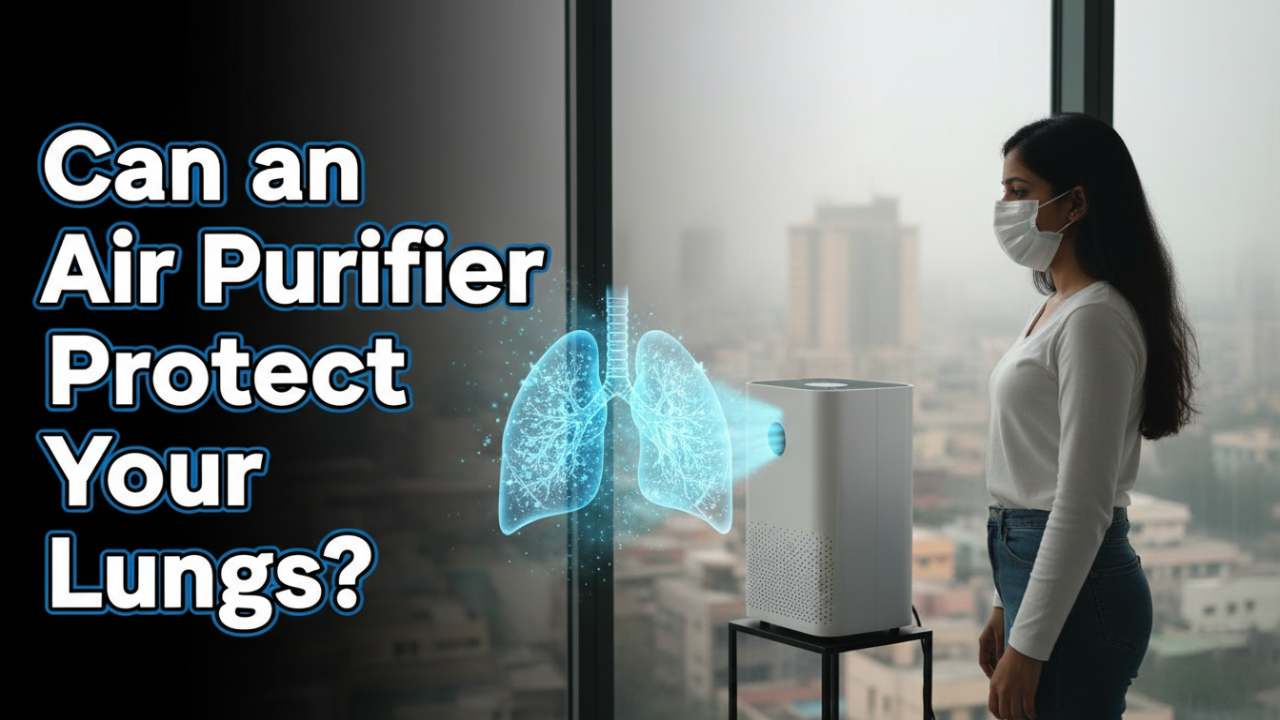Why Pollution is a Hidden Trigger for Stroke and Hypertension
Verified By Dr. Anirudh R. Deshmukh | 24-Oct-2025
Air pollution is an invisible but potent threat to human health. While many are aware of its impact on the lungs and respiratory system, fewer realize its critical role in cardiovascular and neurological health. Recent studies have shown a strong link between air pollution, hypertension (high blood pressure), and stroke. In urban centers like Noida and Delhi NCR, rising pollution levels are increasingly contributing to the burden of these life-threatening conditions.
Dr. Anirudh R. Deshmukh, Neurologist, and Dr. Rohit Rai, Cardiologist at Kailash Hospitals, explain how pollution acts as a hidden trigger for stroke and hypertension, the mechanisms involved, risk factors, preventive measures, and how patients can protect themselves.
Table of Content
Air pollution is a complex mix of particulate matter, gases, and chemical compounds that contaminate the air we breathe. The most harmful pollutants include:
- PM2.5 and PM10: Tiny particulate matter that penetrates deep into the lungs and enters the bloodstream.
- Nitrogen Oxides (NOx) and Sulfur Dioxide (SO2): From vehicle emissions and industrial activity, causing vascular inflammation.
- Ozone (O3): A reactive gas that increases oxidative stress.
- Volatile Organic Compounds (VOCs): Released from paints, solvents, and industrial emissions, contributing to cardiovascular stress.
Dr. Deshmukh states, “Air pollution is not just an environmental issue; it is a major public health concern. Its effects on the cardiovascular and nervous systems are profound yet often underrecognized.”
Hypertension, or high blood pressure, is a major risk factor for stroke, heart attacks, and kidney disease. Chronic exposure to polluted air can contribute to hypertension through several mechanisms:
1. Vascular Inflammation
Particulate matter triggers an inflammatory response in the blood vessels, causing them to stiffen and narrow. Stiff arteries lead to higher blood pressure.
2. Oxidative Stress
Pollutants generate free radicals that damage blood vessels and reduce nitric oxide, a compound that helps arteries relax. This results in increased vascular resistance and elevated blood pressure.
3. Autonomic Nervous System Imbalance
Exposure to pollutants can overstimulate the sympathetic nervous system, causing the heart to beat faster and arteries to constrict, further raising blood pressure.
4. Hormonal Changes
Pollution may increase stress hormone levels, such as cortisol, contributing to hypertension over time.
Dr. Rai explains, “Even short-term exposure to high pollution can spike blood pressure in sensitive individuals, while long-term exposure increases the risk of chronic hypertension.”
Also read: Why Your Throat Hurts More During Smog Season
A stroke happens when the brain’s blood supply is disrupted, either by a clot causing an ischemic stroke or by bleeding in the brain, known as a hemorrhagic stroke. Pollution increases the risk of stroke through multiple pathways:
1. Atherosclerosis Acceleration
Fine particles in the blood promote plaque formation in arteries, increasing the risk of ischemic stroke.
2. Blood Clot Formation
Pollutants can make blood more prone to clotting, heightening the likelihood of blockages in brain vessels.
3. Blood Pressure Elevation
As previously mentioned, pollution-induced hypertension is a major contributor to stroke risk, especially hemorrhagic strokes.
4. Endothelial Dysfunction
Pollutants damage the endothelium, the inner lining of blood vessels, impairing its ability to regulate blood flow and increasing stroke risk.
Dr. Deshmukh notes, “In many stroke patients, especially in urban areas, pollution is an underestimated but significant contributing factor.”
While pollution affects everyone, certain groups are particularly vulnerable:
- Individuals with pre-existing hypertension or cardiovascular disease
- Elderly people with reduced vascular resilience
- Diabetic patients, as high blood sugar exacerbates vascular damage
- Smokers, who already have compromised cardiovascular systems
- Children, whose developing systems are sensitive to pollutants
Dr. Rai emphasizes, “Even healthy adults are not immune. Repeated exposure to polluted air increases the likelihood of developing hypertension and stroke over time.”
Hypertension
Often called the “silent killer”, hypertension may not present noticeable symptoms. However, warning signs include:
- Persistent headaches
- Dizziness or lightheadedness
- Shortness of breath
- Nosebleeds in severe cases
Stroke
Stroke symptoms occur suddenly and require immediate medical attention:
- Sudden weakness or numbness in the face, arms, or legs
- Difficulty speaking or understanding speech
- Vision problems in one or both eyes
- Severe headache with no known cause
- Loss of balance or coordination
FAST Rule:
- F – Face drooping
- A – Arm weakness
- S – Speech difficulty
- T – Time to call emergency services
Also read: Clearing the Clouds: How to Fix Brain Fog and Regain Mental Clarity
While pollution cannot be eliminated entirely, several measures can reduce exposure and associated risks:
1. Monitor Air Quality
- Use apps and local reports to track AQI (Air Quality Index)
- Limit outdoor activities when AQI levels are high
2. Use Protective Masks
- N95 or N99 masks filter particulate matter effectively
- Especially important for individuals with pre-existing conditions
3. Improve Indoor Air Quality
- Use HEPA air purifiers in homes and workplaces
- Keep windows closed during high pollution periods
- Ensure proper ventilation with clean air sources
4. Maintain Healthy Lifestyle
- Balanced diet: High in fruits, vegetables, and antioxidants to combat oxidative stress
- Regular exercise: Preferably indoors during high pollution
- Hydration: Helps maintain vascular health
5. Regular Health Check-Ups
- Monitor blood pressure regularly
- Annual cardiovascular and neurological evaluations for at-risk populations
- Early detection and management of hypertension reduces stroke risk
6. Medication Adherence
- Take antihypertensive medications as prescribed
- Follow doctor’s advice on preventive treatment for stroke
At Kailash Hospitals, a multidisciplinary approach ensures comprehensive care:
- Cardiology: Assessment and management of hypertension, heart health monitoring, and lifestyle counseling
- Neurology: Stroke prevention, post-stroke rehabilitation, and vascular health assessment
- Pulmonology: Addressing lung health to reduce systemic stress from pollution
- Nutrition and Lifestyle Counseling: Personalized advice for diet, exercise, and pollution exposure mitigation
Dr. Deshmukh adds, “Our goal is not only to treat but to prevent. Educating patients about pollution risks and lifestyle modifications is critical.”
Multiple studies confirm the connection:
- Lancet Study (2019): Long-term exposure to PM2.5 increases the risk of hypertension and stroke by 10–15%.
- WHO Report: Air pollution is a major global risk factor for cardiovascular disease and stroke.
- Indian Studies: Urban residents exposed to high pollution levels have higher rates of stroke hospitalization and mortality.
These findings underscore the importance of pollution control, preventive healthcare, and public awareness.
Also read: Mild Heat Stroke: Don’t Ignore the Warning Signs of a Summer Emergency
- Stay Indoors During Peak Pollution Hours – Especially early morning and late evening.
- Use Air Purifiers – In bedrooms and living areas for continuous protection.
- Maintain Healthy Blood Pressure – Monitor at home and follow prescribed treatment.
- Avoid Smoking and Passive Smoke Exposure – Further reduces vascular stress.
- Stress Management – Chronic stress compounds hypertension risks; practice meditation or yoga.
- Regular Check-Ups – Early detection of vascular changes reduces long-term complications.
Air pollution is a hidden but significant trigger for both hypertension and stroke. Its impact on vascular health, inflammation, and oxidative stress makes it a silent contributor to cardiovascular and neurological diseases.
Dr. Rohit Rai explains, “Managing hypertension and preventing stroke requires a combination of medical treatment, lifestyle modifications, and awareness about environmental risks.”
Dr. Anirudh R. Deshmukh adds, “Pollution is often underestimated in its impact on the brain and heart. Understanding the risks and taking preventive steps can save lives.”
At Kailash Hospitals, our multidisciplinary team of cardiologists, neurologists, pulmonologists, and wellness experts ensures that patients receive comprehensive care—from pollution-related prevention strategies to acute stroke management.
By combining personal vigilance, preventive measures, and expert medical care, individuals can significantly reduce their risk of pollution-induced hypertension and stroke, ensuring a healthier, longer life.



 +91-9711918451
+91-9711918451
 international.marketing@kailashhealthcare.com
international.marketing@kailashhealthcare.com






